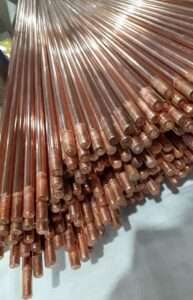Earthing, also known as grounding, is a crucial aspect of electrical safety for EV charging stations. It involves connecting the metal components of the charging station to the earth using a conductor to divert any electrical current that may occur due to a fault in the charging station or other electrical system. Proper earthing can help prevent electrical shock and electrocution, protect electrical equipment, and ensure that the charging station operates safely and efficiently.
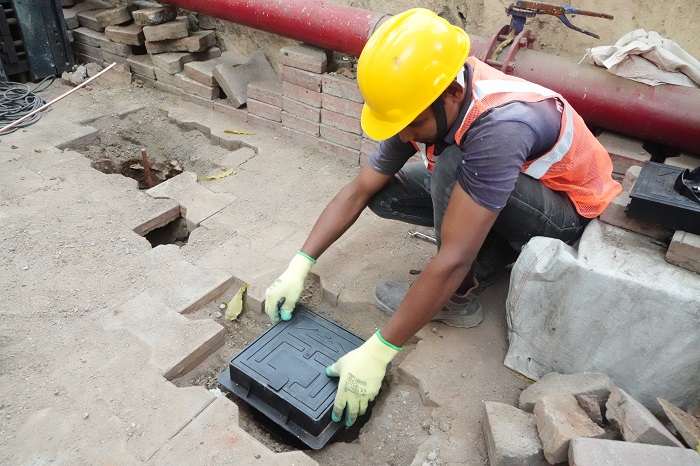
There are two types of earthing typically used with EV charging stations: TT and TN earthing. TT earthing involves having a separate earth electrode for the charging station, while TN earthing involves sharing a common earth electrode with the main electrical supply. The type of earthing used depends on the local electrical code and the specific requirements of the charging station.
Ground Fault Circuit Interrupter (GFCI) is another important safety feature that can be used with EV charging stations. The GFCI monitors the current flow in the circuit and disconnects the circuit if there is a ground fault, thereby preventing electrical shock and damage to the electrical system. A properly installed GFCI can enhance the safety of the charging station and protect against potential hazards.
In this blog, we will explore the importance of earthing for EV charging stations, the different types of earthing, and how to ensure proper installation and maintenance of the earthing system.
Types of Earthing Systems for EV Charging Stations
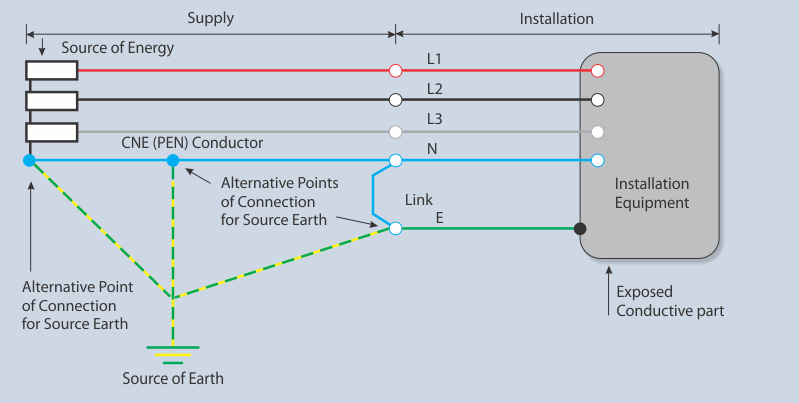
There are two types of earthing that can be used for EV charging stations: TT earthing and TN earthing. The type of earthing used depends on the specific requirements of the charging station and the local electrical code.
TT earthing involves having a separate earth electrode for the charging station, which is not shared with any other electrical system. The earth electrode is usually a copper rod that is driven into the ground, and it provides a low-impedance path to the earth for any electrical current that may occur due to a fault in the charging station or other electrical system. TT earthing is generally used in areas where there is a high risk of lightning strikes or where the soil has poor conductivity.
TN earthing involves sharing a common earth electrode with the main electrical supply. This means that the earth electrode is shared with other electrical systems, such as buildings or other EV charging stations, which are connected to the same electrical supply. TN earthing is generally used in areas where there is a low risk of lightning strikes and where the soil has good conductivity.
Both TT and TN earthing have their advantages and disadvantages. TT earthing is generally considered to be more reliable and safer than TN earthing since it provides a dedicated earth electrode for the charging station. However, it can be more expensive to install and maintain, especially in areas with poor soil conductivity. TN earthing, on the other hand, is generally less expensive and easier to install, but it may not provide as much protection against lightning strikes or other electrical disturbances.
GFCI Protection for EV Charging Stations
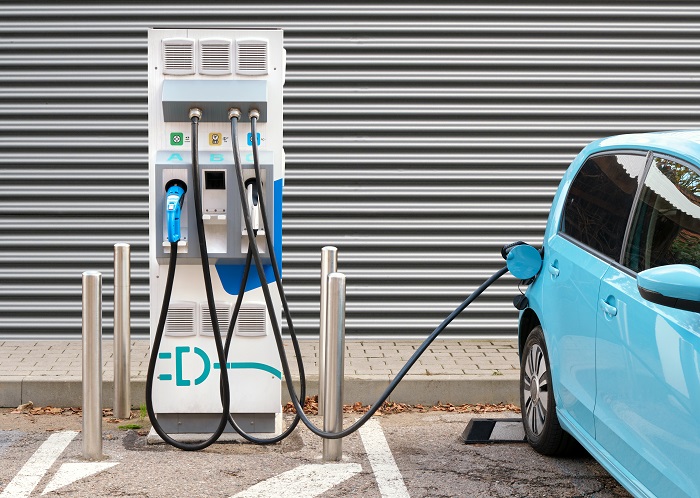
Ground Fault Circuit Interrupter (GFCI) protection is an essential safety feature for EV charging stations. GFCI continuously monitors the current flowing through the circuit and quickly shuts off the electricity if it detects a ground fault, which can occur when electricity flows through an unintended path, such as through a person or water. This feature is crucial for preventing electrical shock and electrocution, especially in outdoor or damp environments.
NFPA 70-2017 requires that all single-phase receptacles used for the connection of electric vehicle charging that are rated 150 volts to ground or less, and 50 amperes or less, must have GFCI protection for personnel. This requirement helps ensure that people who come into contact with the charging station are protected from electrical shock or electrocution. By providing an additional layer of safety beyond earthing, GFCI protection can help prevent accidents and protect both people and equipment.
By ensuring that their EV charging stations are properly equipped with GFCI protection and earthing, owners and operators can help prevent accidents, protect against damage and liability, and maintain a safe and reliable charging infrastructure.
Installation & Maintenance of the Earthing System
Proper installation and maintenance of an earthing system is essential for ensuring the safe and reliable operation of an EV charging station. Here are some considerations for the proper installation and maintenance of an earthing system for EV charging:
1) Earthing System Design: The design of the earthing system for an EV charging station should be based on the specific requirements of the charging station and the local electrical code. This includes determining the type of earthing to be used (TT or TN) and the size and placement of the earth electrode and conductor.
2) Installation: The installation of the earthing system should be carried out by a qualified team that is familiar with the relevant industry standards and codes. The earth electrode should be installed securely in the ground, and the conductor should be properly connected to the electrode and the charging station. The team should also test the resistance of the earth electrode periodically to ensure that it is within the acceptable range.
3) Maintenance: The earthing system should be inspected and maintained regularly to ensure that it is functioning properly. This includes checking the resistance of the earth electrode and ensuring that the conductor is in good condition and properly connected to the charging station. Any damage or corrosion to the earth electrode or conductor should be repaired immediately to prevent degradation of the earthing system.
4) Additional Considerations: In addition to proper installation and maintenance, there are other factors that can affect the performance of an earthing system. For example, the conductivity of the soil can affect the effectiveness of the earthing system, so it is important to choose a location with good soil conductivity if possible. Lightning protection is also an important consideration, especially in areas with a high risk of lightning strikes. A lightning protection system can be installed in conjunction with the earthing system to provide additional protection against electrical disturbances.
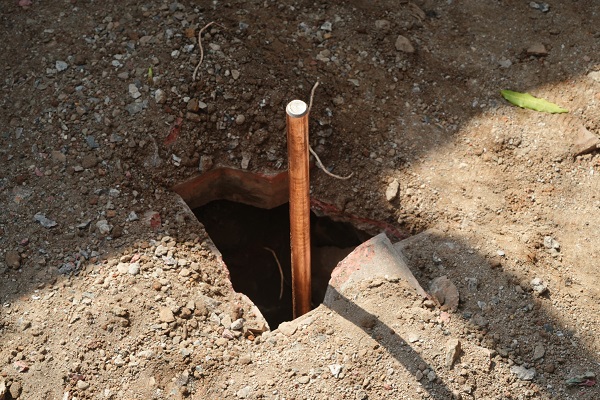
Proper installation and maintenance of an earthing system is critical for ensuring the safe and reliable operation of an EV charging station. Following industry standards and best practices for earthing system design, installation, and maintenance, charging station owners and operators can help prevent accidents, protect against damage and liability, and maintain a safe and reliable charging infrastructure. Regular inspections and testing of the earthing system can help identify and address any issues before they become more serious problems, ensuring that the charging station is operating at optimal levels of safety and efficiency.
I hope you now have a clear understanding of EV Charging Station’s Earthing. At Axis, we manufacture and supply a wide range of Earthing Materials, including Earth Rods, Earth Plates, Strips, Clamps, Earth Pits, and other accessories. We also help design complete systems for your structure, suitable for Substations Earthing, Solar Earthing, and residential or commercial structures.
Thank you for reading the blog, Axis is a leading manufacturer and supplier of Electrical Components to over 80+ Countries. To get a quote or to talk to our industry expert visit our contact us section. You can also watch our videos by our experts – click here.




